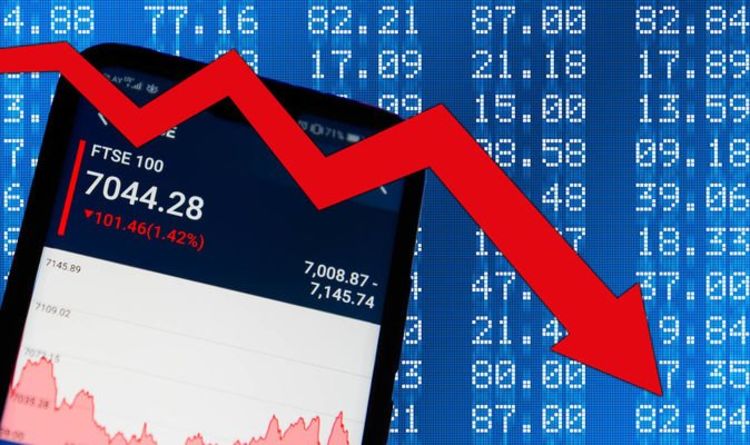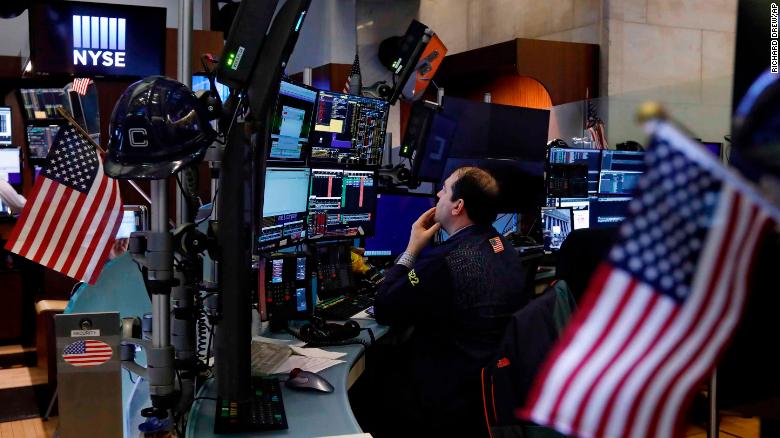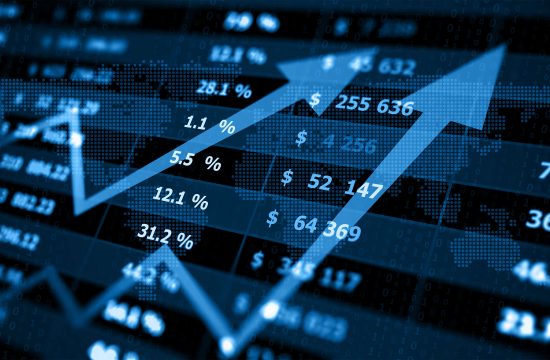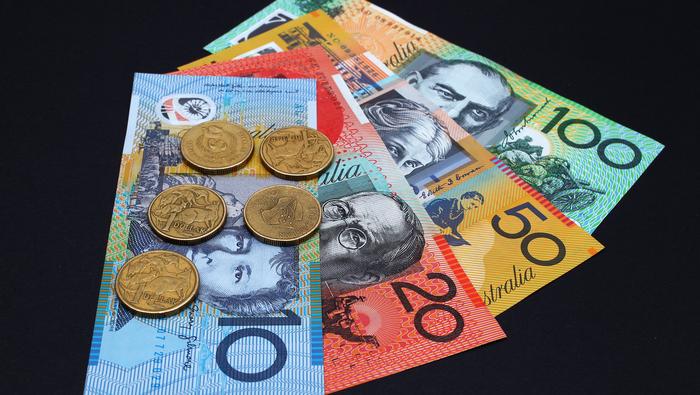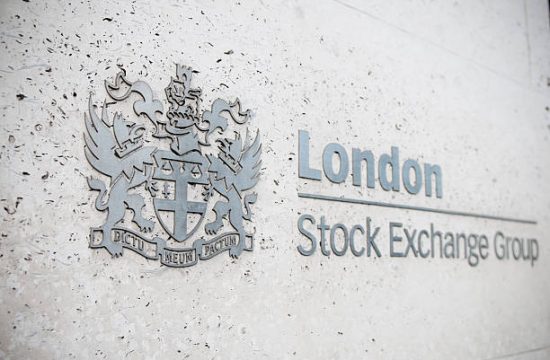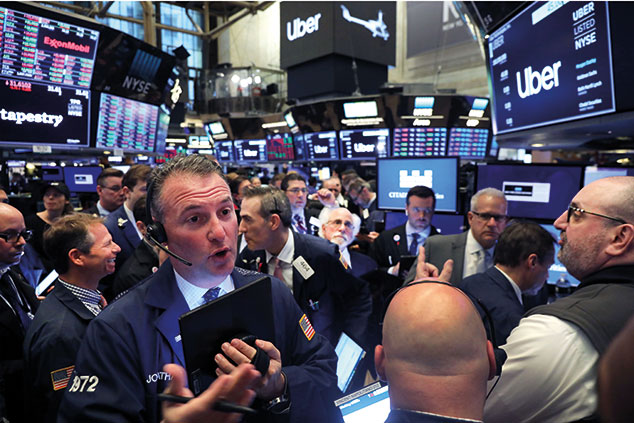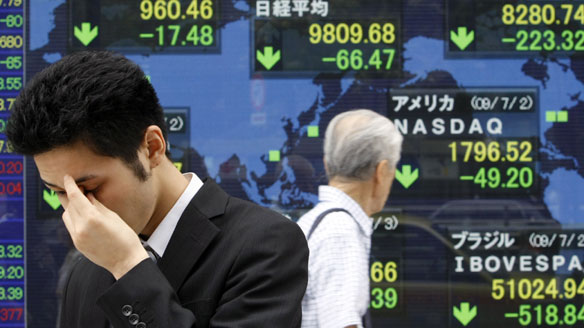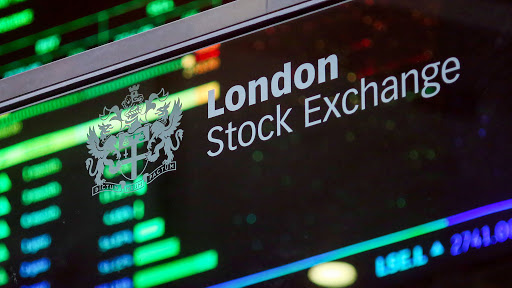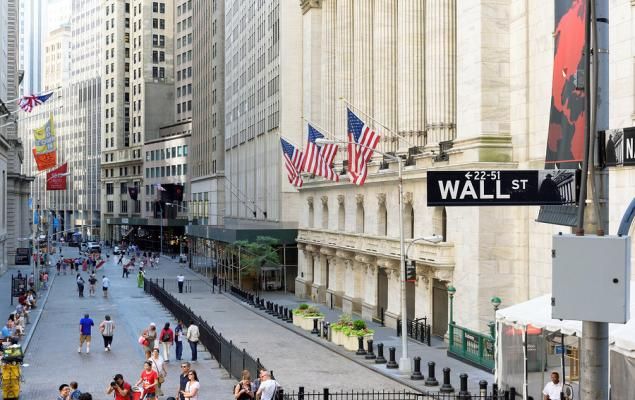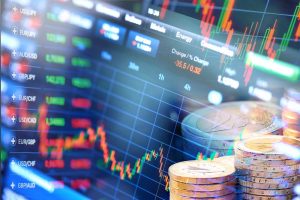
Equity Markets
The Volatility Index is at its highest since the 2008 global financial crisis.
During such periodic bouts of volatility, rather than catching the safety wagon, some investors might look for trading opportunities by being selective about certain categories of assets or stocks within certain industries.
Short-term buying opportunities will likely be conditional on the extent of monetary and fiscal intervention.
Medium-term will be more challenging as investors will be assessing the impact of the pandemic to recalibrate growth and expectations.
Another wave of monetary easing policy has hit the financial markets following heightened fears of a supply and demand shock over the wider spread of the coronavirus. After the Fed, BoC, and the RBA, Bank of England joined its peers and slashed interest rates by 50 bps. The ECB was the biggest disappointment for markets as the central banker did not cut interest rates.
In an era of low-interest rates, central banks are running out of ammunition to support the ailing economy. This week we have seen that governments responded to the chaos in the markets with fiscal promises. Australia and the US were among the first to announce an economic stimulus plan but failed to reassure investors.
Monday was the worst day since the global financial crisis in 2008 as an oil shock and virus fears have wiped billions from the markets.
A swift recovery in the oil and gas industry is hard to predict. There are a number of issues that are keeping the oil market on edge ranging from fundamental challenges to climate change crises. The energy sector was already poised to be challenged in this new era as the increased concerns on climate change and the rise of renewables are altering the dynamics in the industry.
But, now we should expect more volatility in the oil market due to the price war initiated by Saudi Arabia to punish Russia for not committing to more production cuts.
Markets are on wait-and-see mode to monitor whether the pressure from Saudi Arabia will force Russia to go back to the negotiable table. In the meantime, a simultaneous shock to both demand and supply and the unknown length of the epidemic will defy a swift recovery.
Hence, it will be a challenging few weeks ahead as the outlook for the oil market remains weak. As of writing, Brent Crude and WTI dropped to $33 and $31 – the lowest levels seen in five years and are currently finding support around those levels.
Eventually, when prices start to stabilise, the recovery might come in incremental stages. The revised price outlook for WTI and Brent Crude will probably be around $40 and $45 – the levels they were at before the flash crash.
Where is the floor to this Meltdown? It is probably the first question many investors are trying to forecast to step in and buy.
Wall Street had its worst day since 1987 which is surely unnerving for investors. Trading was suspended for 15 minutes twice during this week. Countries are shutting down slowly and imposing stringent quarantine measures to contain the virus. We are moving past the impact of the coronavirus to fears of a recession.
This is an unprecedented panic around a global pandemic. Around the globe, major governments and central bankers failed to timely react and reassure on the health front and on the economic measures to weather the storm in the markets.
Major equity indexes are deep in a bear market as the measures acted like a balm rather than the vaccine needed to stem the downturn.
Source: Bloomberg Terminal
In the Asia/Pacific region, the Australian share market is being hit the hardest in the Asia/Pacific region. A combination of the virus risks, bushfires and droughts triggered the freefall in Aussie stocks. The RBA has very little room for intervention so markets are relying on the government stimulus plans to support the economy.
Scott Morrison was among the first prime minister of major countries to deliver a detailed bold fiscal stimulus package designed to support confidence, boost investment and keep Australians in a job. Yet, it barely brought relief to the markets.
The ferocity of the fall in the Australian share market derives from the fact that its economy was stagnant and already facing significant challenges.
While it is a moment of capitulation for some who prefer to wait for some stability before finding some buying opportunities, investors could also think of the markets: Post-coronavirus.
Once investors isolate the noises and panic, being selective can create investment opportunities:
- Some sectors might be safer than others: Health care sector could be the winner in this situation
- Identify quality blue chips stocks poised to rebound to benefit from bargain prices
- Look for low financial leverage stocks.
|
Indicative Index Dividends – Monday 16 March 2020
|
|
Index
|
Dividend
|
Index
|
Dividend
|
|
ASX200
|
0.111
|
WS30
|
0
|
|
US500
|
0.112
|
US2000
|
0.174
|
|
NDX100
|
0.102
|
CAC40
|
0.153
|
|
STOXX50
|
0
|
ESP35
|
0
|
|
ITA40
|
2.211
|
FTSE100
|
0
|
|
DAX30
|
0
|
HK50
|
0
|
|
JP225
|
0
|
INDIA50
|
3.992
|

